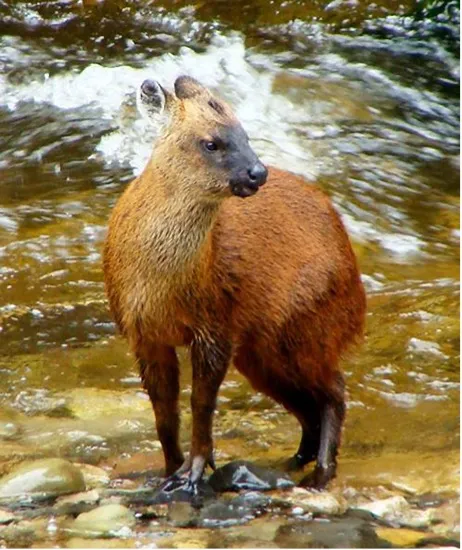A new species of deer has been discovered in the Andes Mountains in Peru, according to a study published in the Journal of Mammalogy, making it the first new cervid to be describe in South America for over 60 years.
The discovery was made by a joint Peruvian-Brazilian-Chilean team led by Guillermo D’Elía from the Universidad Austral de Chile. The new species has been named Pudella carlae to honour Peruvian biologist Carla Gazzolo.
- Giant crocodile ancestor with epic 'suit of armour' identified in Texas
- 100 new ocean species discovered off the coast of New Zealand

The new species is a form of pudu – the world's smallest deer. Found only in the Andes, these dwarf deer occur from the chilly rain-soaked paramo grasslands down into the thick cloud forests below.
The first sightings of the new species came when team-member Javier Barrio saw some strange-looking mini-deer in the wild. Inspired, the team visited a museum to take measurements and study the colour patterns of pudu specimens. They also analysed genetic variations between these and field-collected material.
The body of the new species is a much rustier brown than its relatives. It also has a paler head and ears. At around 38cm tall and weighing 7-9 kg (the weight of a Jack Russell terrier), its size lies between that of the other two known pudus.
Not only was the new species different in all metrics, but it also has a unique distribution, living in the Huancabamba Depression, a broad and arid river valley that divides the Andes in northern Peru.
Pudella carlae is the newest addition to the hundreds-strong list of plants and animals that are endemic to the 50km-wide dry valley.
- Scientists have developed an amazing new technique to restore coral reefs
- Giant prehistoric sea lizard with dagger-like teeth discovered in Morocco
- Incredibly rare giant turtle with a face like a frog found in India's tropics
Main image: Ramiro Yábar